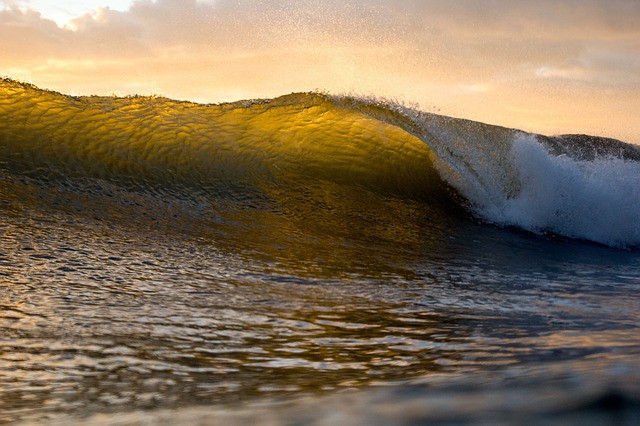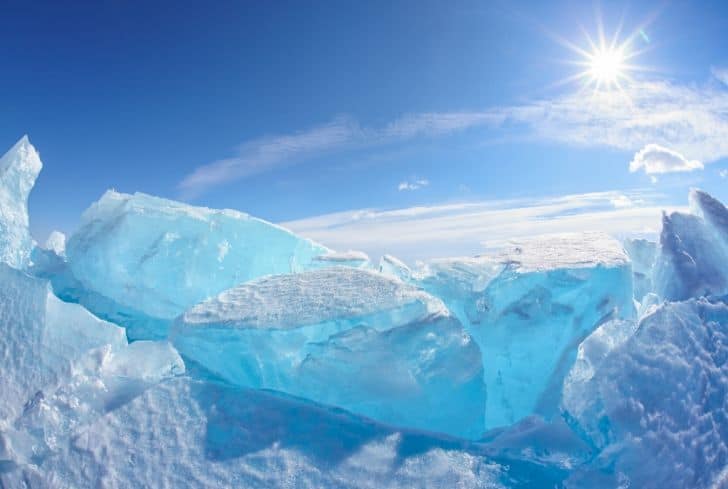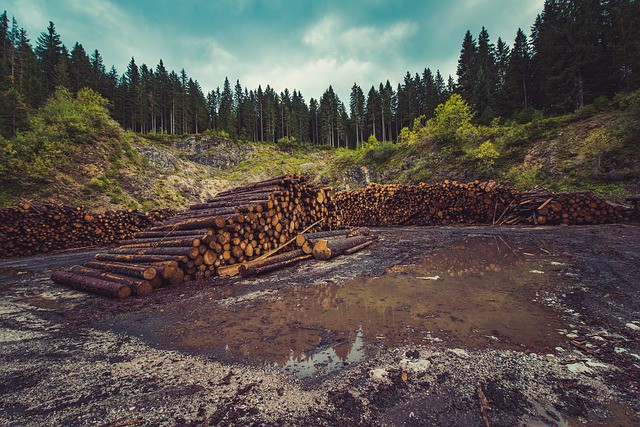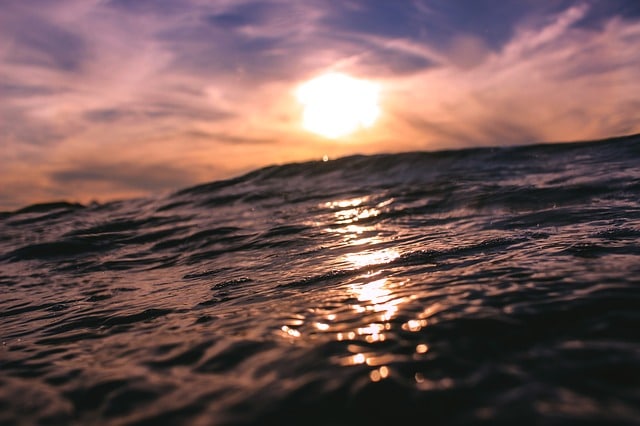Various Interesting Facts About the Southern Ocean

The Southern Ocean is also known as the Antarctic Ocean located in the Southern hemisphere that surrounds the Antarctica. It is ranked as the fourth- largest of the five principal oceans in the world constituting 15 percent of the earth’s waters. The Southern Ocean is the newest named ocean recognized by the United States Board on Geographic Names.
Historically, there are only four named oceans: Pacific, Indian, Atlantic, and Arctic. However, most countries particularly the United States of America (USA) recognized the Southern Ocean as the fifth ocean. The boundaries of the Southern Ocean were proposed to the International Hydrographic Organization (IHO).
Geographers believed that the waters of Southern Ocean are just an extension of the four mentioned oceans. Thus, not all countries agreed on the proposed boundaries. Until now, the debate that relates to its boundaries, as well as its proclamation as the fifth ocean still remains unresolved.
Interesting Facts About the Southern Ocean
1. Discovery. In the year 1972, the region of Antarctica was first sailed by David Henry Lewis, the New Zealander. However, Bartolome Diaz and Ferdinand Magellan are famously known as the explorers who came in contact with the cold waters of the Southern Ocean. Southern Ocean was created by the International Hydrographic Organization (IHO) in the year 2000.
2. Geography. The Antarctic Ocean is formed as the resulting effect of the tectonic plate movements between Antarctica and South America plates. After the gradual movements of the two plates, it opened a Drake passage which allowed the Antarctic Circumpolar Current (ACC) to form. This current however is the unique feature of the Antarctic Ocean due to its ability to flow the waters all around the continent of Antarctica.
3. Location. The position of Southern Ocean is located at 60 degrees on South latitude in the Southern hemisphere. The Southern Ocean waters converge with waters of the South Atlantic Ocean, South Pacific Ocean, and the Indian Ocean in 60 degrees’ south latitude.
4. Ocean currents. The Antarctic Circumpolar Current which makes the waters transported fairly through the whole region of Antarctica is approximately moving at 130 million cubic meters of water per second. It is said that the waters with rapid current are the only waters that include the Antarctic ocean. This, however, makes the naming of the Antarctic Ocean into debates.
5. Minerals. Since the Southern Ocean is covered with Icebergs and ice during winter, many believe that there will be an accumulation of minerals such as gold, because of gravity separation. Also, it could possibly contain a large amount of oil deposits and gas fields on the continental margin. Moreover, because of the floating icebergs, minerals like Manganese modules could also be found.
6. Climate. The climatic conditions in the Southern Ocean depend on the seasons. The summer season runs from October to February while winter seasons falls from March to September. Since the Southern Ocean is covered with Icebergs and Ice during winter, it used to cover most of the Arctic Ocean all year- round. When the ice melts, the salinity and temperature vary where the subfreezing temperatures cool the air that travels towards the equator which results to rain and storm.
7. Area. The total area of Southern Ocean is approximately 35,000,000 square kilometers. However, it is believed that the ocean drifts centimeters away each year. The drifting was believed to be the result of the theory of the Seafloor spreading. It encompasses the waters from the coast of the continent in the North to the Antarctic Convergence, a distinct zone where the cold water meets the warm under which the latter flows under it.
8. Depth. The Southern Ocean’s depth ranges from of 4,000 to 5,000 meters. However, its average depth is approximately 3,200 meters (10,700 feet) including the Antarctic continental shelf. Its narrow waters measure 400 to 800 meters deep.
9. Biodiversity. Animals that lives in the Southern Ocean are the Blue Whales, Elephant Seals, Antarctic Krill (Euphausia Superba), Emperor Penguins, Giant Squids, and fishes. The ocean is also a home to a large plankton species (especially Tintinnids) that releases gas and allows water droplets to spread out, creating more reflective clouds. Various and numerous species of mammals and birds are able to survive in the harsh climate of the Southern Ocean. On the other hand, they also developed to dive deeply and swim underwater for long period.
10. Environmental Issues. The increase of solar ultraviolet radiation that originates from the Antarctic ozone hole leads to the reduce of the primary productivity or phytoplankton. Aside from that, it damages the genetic make-up of some fishes living in the ocean. Some cases of illegal fishing of some species like the Patagonian tooth fish also occurs in the region which also results in the increase of the mortality of seabirds which used to catch the tooth fish. Most importantly the issue of global warming has been the threat of Antarctic ocean. Studies show that if the ice sheets in the Southern Ocean melts, it would rise around the world as much as 65 meters.
11. Trade/Economy. The Southern Ocean is commonly used for fish trade across the bordering countries. From 2013 to 2014, there are about 302, 960 metric tons of fish caught from the ocean of which 96 percent was Krill and 4 percent was Patagonian toothfish. A system is known as the Antarctic Treaty System (ATS) manages the trade of Krill fishery and other ecosystem services between the involved countries.
12. Ports and harbors. The Southern Ocean’s major operational ports are the Rothera Station, Palmer Station, Villa Las Estrellas, Esperanza Base, Mawson Station, McMurdo Station, and offshore anchorages in Antarctic. Most of the ports are operated by the government research stations and closed to commercial or private vessels. In some regions, there are only a few ports that exist because of limited waters due to ice formation.
13. Temperature. The range sea temperature of the Southern Ocean varies from -2 degrees Celsius to 10 degrees Celsius. During winter, the water temperature measures will below 0 degrees (32 Fahrenheit). The coldest temperature on Earth was recorded in the Antarctica region with the temperature of -128.6 degrees Fahrenheit.
14. Ocean Currents. The Southern Ocean is known to have the strongest average winds of any ocean. The main current of Southern Ocean is the Antarctic Circumpolar Current (ACC) that flows from west to east and all the way around the region of Antarctica. Antarctica Circumpolar Current travels up to 150 billion liters per second of water which is equivalent to 150 times the water contained in the rivers all over the world.
15. Lowest point. The deepest point in the Southern Ocean is the South sandwich trench that has a depth of 7,235 meters (23,737 feet. The trench is formed by the subduction of the South American plate under the South Sandwich plate. It is the lowest point in the Southern Atlantic Ocean and the second lowest point in the Atlantic Ocean next to Puerto Rico.
16. Territorial claims. There are many nations that claim the ownership of some territories of Antarctic Ocean. Such are the Spain, Great Britain, Norway, South America, Argentina, and other European countries. Negotiations on the International Treaty was initiated by the Britain to end the impasse yet some Latin American countries rejected it.
17. Sub-divisions. The Southern Ocean is subdivided into smaller bodies of water such as seas, bays, channels, gulfs, and straits. The seas include the Weddell Sea, Lazarev Sea, Riiser-Larsen Sea, Cosmonauts Sea, Cooperation Sea, Mawson Sea, Dumont D’Urville Sea, Ross Sea, David Sea, and etc. other water bodies also include the Tryoshinikova Gulf, Bransfield Strait, and the Drake Passage.
18. Islands. The Antarctic islands are administered by the Antartic treaty. In the Antarctic Area, islands include the South Orkney, South Shetland, and Peter I. However, in the Ross Sea are, islands include the Ballenny Islands and Scott Island. The territorial boundaries of Southern Ocean are not specifically known because of disagreement and the unsure of islands’ existence.
19. Marine Life. Some of the marine life that inhabit the floor of Southern Ocean includes the Hoff crabs, sea pigs (sea cucumber), krill, and a wide variety of starfish. These organisms have naturally possessed characteristics to adapt the cold waters of Southern Ocean. The largest penguin species are also found in the Southern Ocean which is called the emperor penguin.
20. CO2 sink. It has been studied that the sea ice delivers an additional atmospheric Carbon dioxide sink in the Southern Ocean up to 58 % of the approximate uptake of the Ocean in the South. It appears that the Southern Ocean provides a significant Carbon dioxide fluxes in the Ocean itself. The melting of the sea ice especially in the summer causes the sink of atmospheric Carbon dioxide.
21. The Roaring Forties. The “Roaring Forties” is a band of strong westerly winds between 40 and 50 degrees Southern hemisphere. The waves of the “Roaring Forties” are considered as the biggest waves in the world that sometimes reach higher than a ten-storey building. It is believed that the strong wind speed of the “Roaring Forties” is due to the change in rotational speed of the earth.






